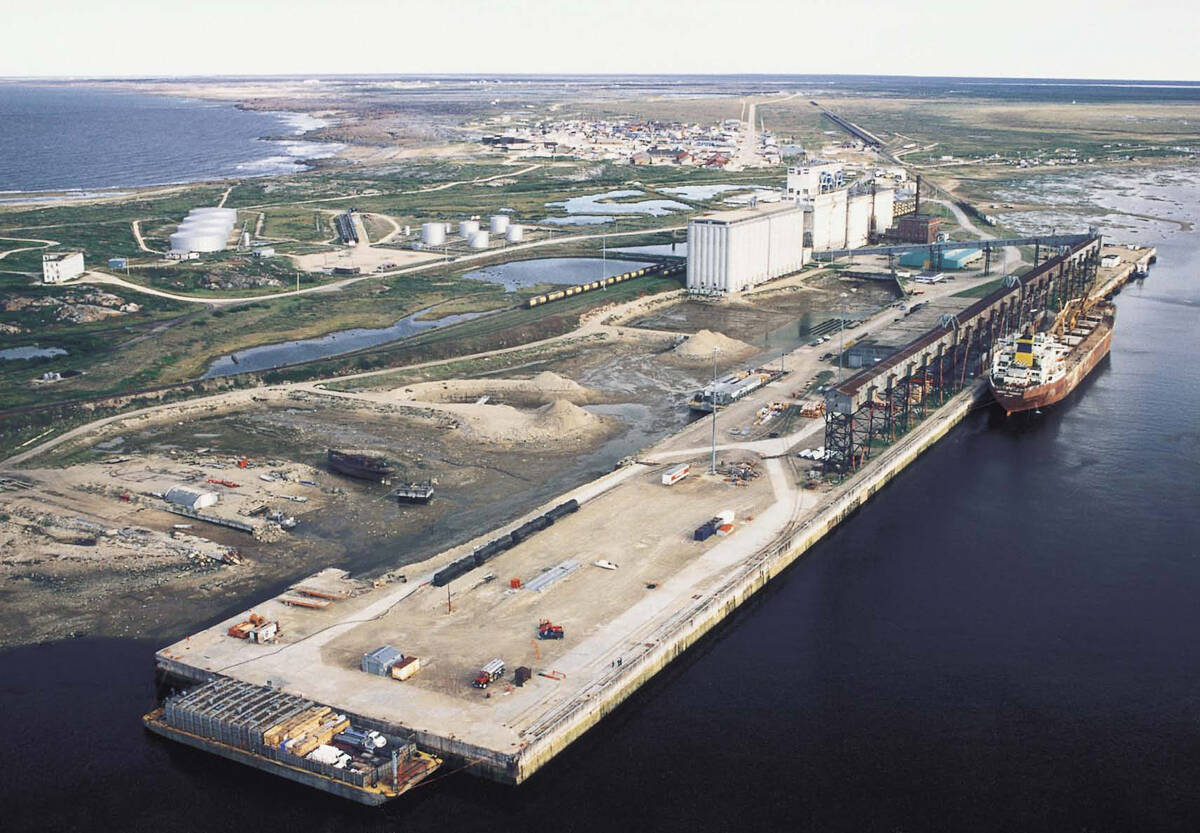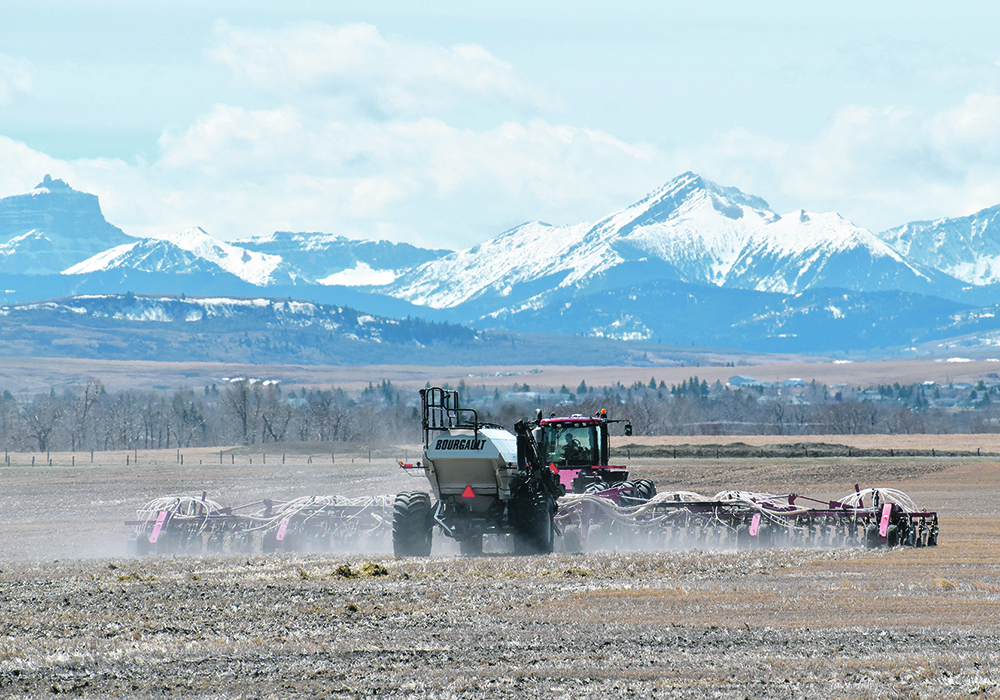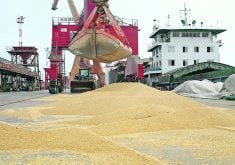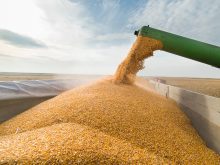With the weather finally warming, market watchers’ attention in coming weeks will be focused on the pace of planting progress in North America while they also keep a wary eye on interest rates, credit availability and oil prices.
The cool start to spring on the northern Plains means there is a larger than normal area still covered by snow. Snow storms in the first week of April in Manitoba and the Dakotas added to the snowpack.
I’d never know it from looking out the window at the deep snow pack in my yard in Saskatoon, but the amount of precipitation across almost all the Canadian Prairies since Sept. 1 of last year is below normal. It seems the lack of Chinooks this winter means that even though precipitation was below normal, the snow is still with us.
Read Also

Defence investments could benefit agriculture
A bump in Canada’s NATO spending commitments could lead to infrastructure investments that would benefit rural areas
The good news is that model-based extended range forecasts through April show normal to above normal mean temperatures for most of the Canadian and American northern Plains and the U.S. Midwest.
If the forecasts are correct, the spring planting campaign in most areas should get underway with only a modest delay, not like last year when late blizzards led to serious delays.
There is concern though, about potential flooding in the Red River Valley region. While winter precipitation on the Canadian Prairies was below normal, precipitation in the Dakotas was above normal and a fast melt could cause problems.
Looking beyond spring, the North American growing season looks like it will coincide with the transition period between the end of the three year La Nina and the possible start of an El Nino in the early fall.
La Nina and El Nino are the book ends of the El Nino-Southern Oscillation (ENSO) where the surface water temperature in the equatorial Pacific swings from cool phase La Ninas to warm phase El Ninos. They usually peak during November to March and so their impacts on the world’s food production are most felt in the southern hemisphere where crops are growing — South America and Australia.
The effects of ENSO on North American spring-sown crops are less predictable because other climate drivers can also affect summer weather trends on this continent. A fair number of good crops have been produced during years in the El Nino or neutral phases, but occasionally very poor crops are produced.
In early March, crop futures felt downward pressure because some crop analysts suggested an El Nino year would be good for American crop production, but I think it is too early to make such a prediction.
One of the other things on market traders’ minds this spring is the state of the economy and the health of financial institutions.
By some economic measures, things are great. There is near record low unemployment and gross domestic product statistics are still rising in the United States and Canada.
That signals there is still a need for central banks to continue to increase interest rates to control inflation.
But since the failure of Silicon Valley Bank and Signature Bank, analysts have become vigilant looking for other segments of the financial sector that could flounder because of the higher interest rates.
The immediate panic caused by the regional bank failures was calmed by the U.S. treasury secretary pretty much guaranteeing all US$17.6 trillion in U.S. bank deposits. Also, the central banks of the U.S., Canada and other countries announced a co-ordinated effort to stabilize things.
But still I read speculation about things such as the health of big real estate companies and whether they have the resources to refinance their holdings in a high interest rate environment and if they can’t, what does that mean for their lenders?
That’s only one potential unexpected “black swan” event that could shake up the financial system.
The heightened nervousness in the financial system will cause institutions to tighten their lending criteria.
And as credit tightens, it acts as its own brake against inflation.
Will tighter credit be the straw on the back of the economy that pushes it into recession?
Then again, maybe the proverbial straw will be high oil prices.
On April 2, eight members of the Organization of Petroleum Exporting Countries surprised the market by announcing they would cut production by 1.16 million barrels per day. This is on top of Russia’s cut of 500,000 barrels per day announced in February.
West Texas oil jumped about US$5 a barrel, or seven percent, on the news to about $80 per barrel.
But the market soon stabilized because traders expected the higher price would initially increase inflation but ultimately would slow economic activity and increase the potential for recession that would cut oil demand.















